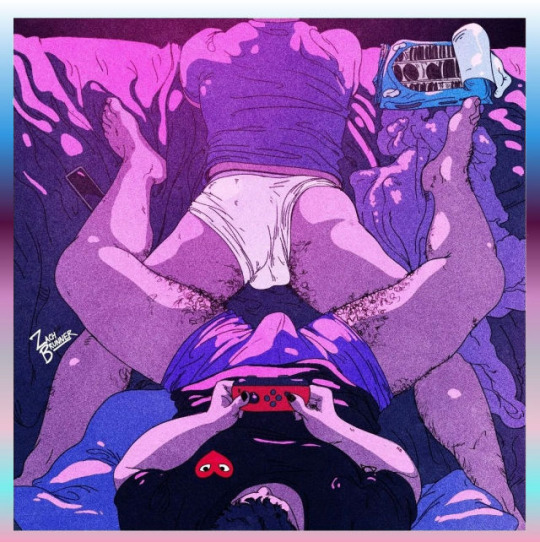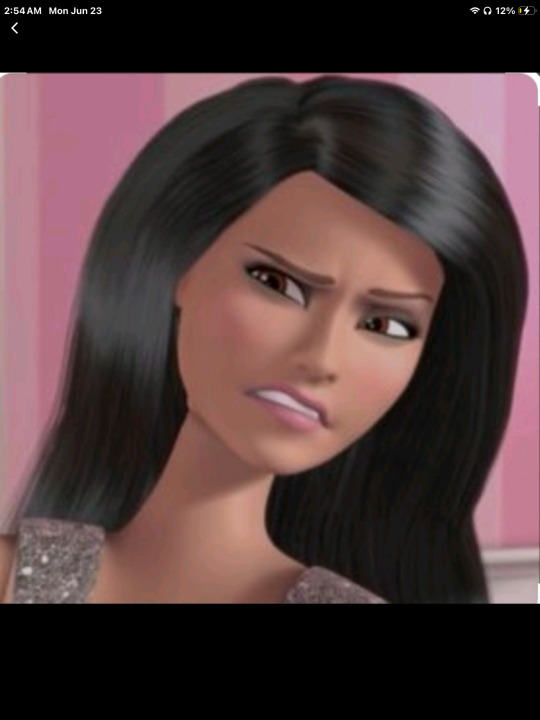Text
0 notes
Text
0 notes
Text
0 notes
Text
0 notes
Text
1 note
·
View note















